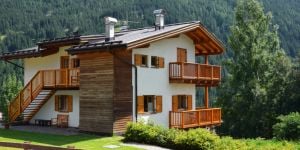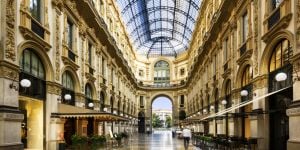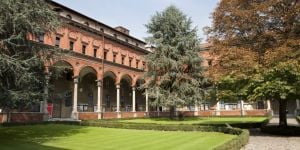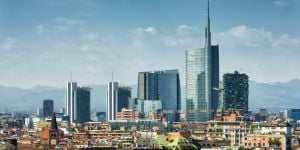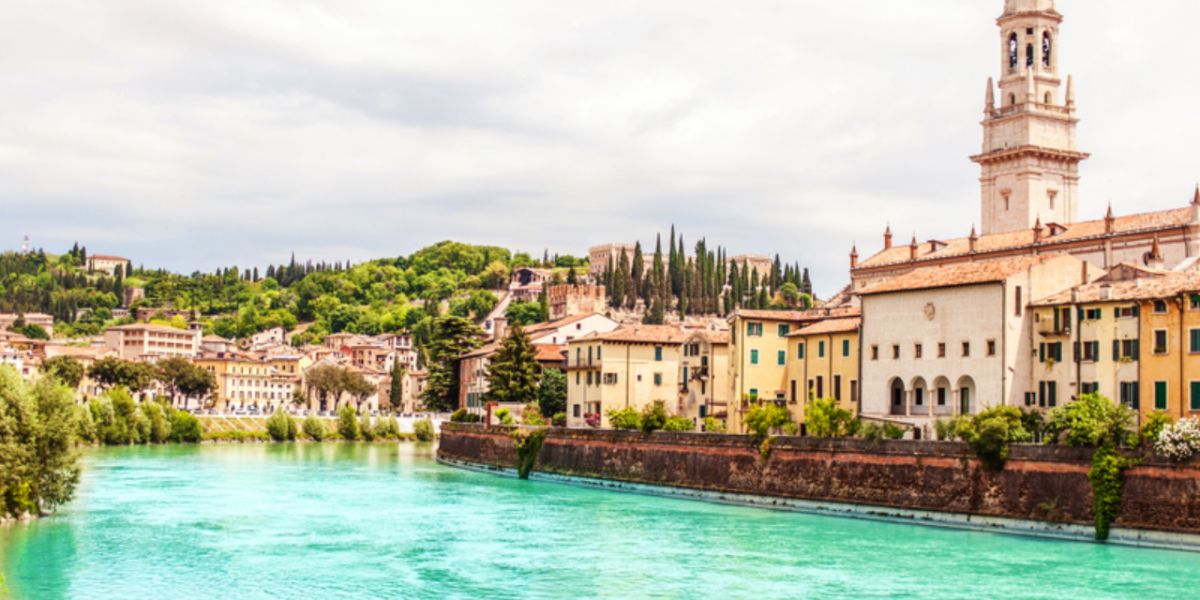
Greater Milan, as the Milanese call it, is, without doubt, the most important center in Italy today. It is the economic capital of Italy and by far the most dynamic place in terms of employment, culture and quality of life. What are the districts that make up its beating heart?
The Milan map
Milan is composed of nine zones, also called municipalities. Zone 1, the historical center, is located in the heart of the city, with the other districts around it organized and numbered in a clockwise direction. Although these areas tend to merge, they have their own organizational structure with individual postal addresses and different administrative procedures.
The center - Zone 1, Area C
Known as the historical heart of Milan, within the ancient bastions, Area C begins in Piazza Duomo and includes the best-known parts of the city: Brera, Moscova, Castello Sforzesco, Corso Garibaldi, Via Torino, 5 Vie (where you can find remains from the Roman era), Porta Romana, and extends to Porta Venezia in the east and Piazza XXIV Maggio in the west, just before Milan's canals, known as Navigli. Zone 1 also coincides with the ZTL, the restricted traffic zone with access restrictions for certain types of vehicles, where car traffic is limited between 7.30 am and 7.30 pm from Monday to Friday. In return, the residents of Milan have an organized and efficient public transport system or can travel on two-wheelers, scooters, or bicycles.
The design and fashion district
A bit further north of the Duomo, passing in front of La Scala, is Brera, one of Milan's most famous bohemian chic districts. It is also the district of the arts, as it is home to the Accademia di Belle Arti and the Pinacoteca, which is home to some of the world's most important masterpieces of religious painting. The area is also full of traditional and modern antique shops. The Brera district is also known as the city's design center, with many design brands having set up their branches here. In addition, the Brera Design Days and the Fuori Salone, the urban version of the Design Fair held at the Expo Fiera, are held here every year. Many bars and restaurants line the beautiful streets of Brera, offering the possibility of drinking a coffee, having an aperitif, or eating.
Almost inseparable from Brera is Milan's Fashion Quadrilateral, a concentration of high fashion with chic boutiques, hotels and bars located in some iconic streets: via Montenapoleone, via della Spiga, via Gesù, etc.
Leaving Brera, you quickly reach Sempione Park, the green lung of the center of Milan, in which the magnificent Sforzesco Castle stands – one of the main symbols of the city. Here, you can enjoy picnics, sports and concerts in the summer months. To the north of the park, on the border of Area C and Zone 1 of the center, stands the imposing Arco della Pace. The Sempione district is increasingly sought after as a residential area, especially from Zone 8.
Good to know:
The historic center of Milan is prestigious and, therefore, the most expensive, especially in terms of property prices. So if you are planning to move to Milan, be aware that prices per square meter are particularly high there, but decrease the further you move away. For example, many families move to areas outside Zone 1, such as Zones 2 (Stazione centrale), 3 (Città Studi/Porta Venezia), 4 (Porta Romana/Forlanini) and 8 (Fiera/Quarto Oggiaro). If you work in the center, you will have no problem getting around, as Milan has efficient transport links.
The Navigli, the aperitif district
Walking towards the city's southwest, you will arrive in the Navigli (canals) and Darsena district, just outside Area C, which is full of restaurants and bars perfect for an aperitivo. The area is also famous for its antique and vintage market, which takes place on the last Sunday of the month. This area is a witness to all the canals that used to run through the city of Milan until the 1920s when they were covered to make way for roads. This area, together with the Colonne di San Lorenzo, has a relaxed atmosphere and is frequented by young people.
The Porta Ticinese, between the Navigli and the Colonne di San Lorenzo, is one of the six medieval gates that marked the boundary of Milan's walls. You should know that this busy area is also subject to the Limited Traffic Zone regulation monitored by cameras.
Porta Garibaldi
Going north, you will see a more modern city that contrasts with the more traditional Milan. Garibaldi is the district of Milan's urban metamorphosis. It is home to Piazza Gae Aulenti, named after the famous Milanese architect. The square is a financial center of the city with the Unicredit bank tower. Nearby is the marvelous Bosco Verticale, a group of high-end apartment buildings. Both towers are wooded with over 900 trees and a growing biodiversity that attracts new species of birds and insects to the area.
Leaving piazza Gae Aulenti, head towards corso Como, where you will find many shops and restaurants, before arriving at Porta Garibaldi on piazza XXV Aprile where you will find Eataly, a concept store where you can buy products from all over Italy, eat in one of the restaurants or attend many events.
Porta Romana
An interesting area just outside the historic center is Porta Romana which, as its name suggests, is a remnant of the gates that surrounded the city of Milan when the city walls were still standing. This mainly residential area in the south of the city is popular with the Milanese as it has an attractive real estate offer with some bars and restaurants, but also the thermal baths of the QC Terme chain.
Porta Venezia
If you are looking for a place to live in Milan with a vibrant neighborhood life, the area around Porta Venezia, and more widely up to Loreto, is interesting. The two bastions that stand on the roundabout are the former "customs" of the city. The area has a good range of bars and restaurants and is well-served by public transport. In addition, the Municipality of Milan has recently equipped Corso Venezia with bicycle paths. One of the most beautiful parks in Milan is also located in this area, the Indro Montanelli Gardens, where events such as the Orticola flower and plant market in the summer and the Christmas Village in the autumn are held.
Good to know:
On the Municipality of Milan website, you can find all the information you need about the Limited Traffic Zones, including those in the center, such as Area C.
Some people think that Milan has a less traditional Italian beauty than Rome, Florence, Bologna or Turin because of its architecture, the crowds that move around daily, and the Milanese work culture that is proudly promoted. However, it is a metropolis of international standing that successfully combines tradition and innovation. Milan is a city with unparalleled beauty to be discovered thoroughly, as it has been modernized and rebuilt over the years. It, therefore, takes more time to get to grips with it. Many neighborhoods have little gems of history and architecture, so you won't be disappointed!
Useful links :
We do our best to provide accurate and up to date information. However, if you have noticed any inaccuracies in this article, please let us know in the comments section below.
